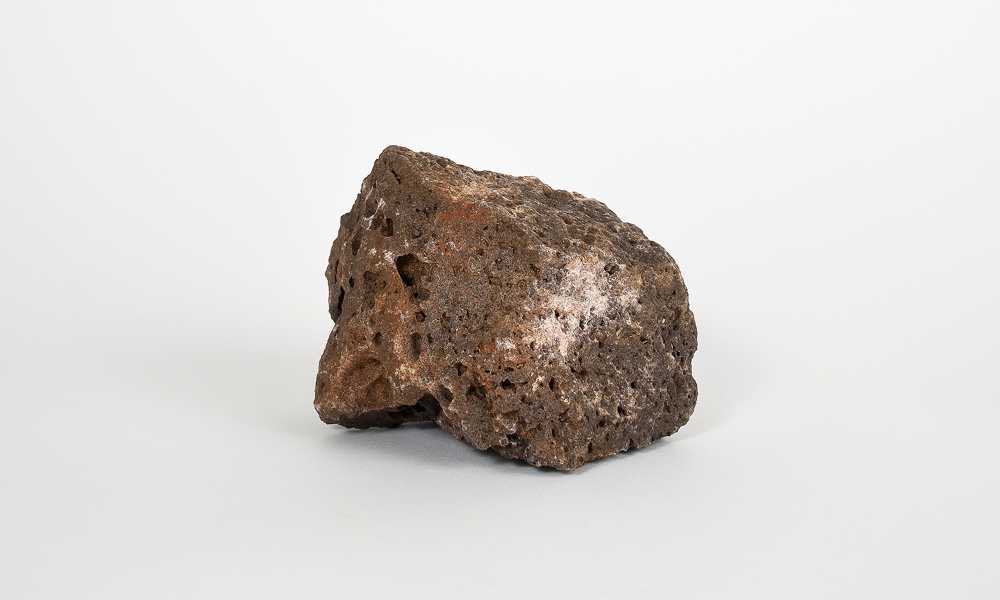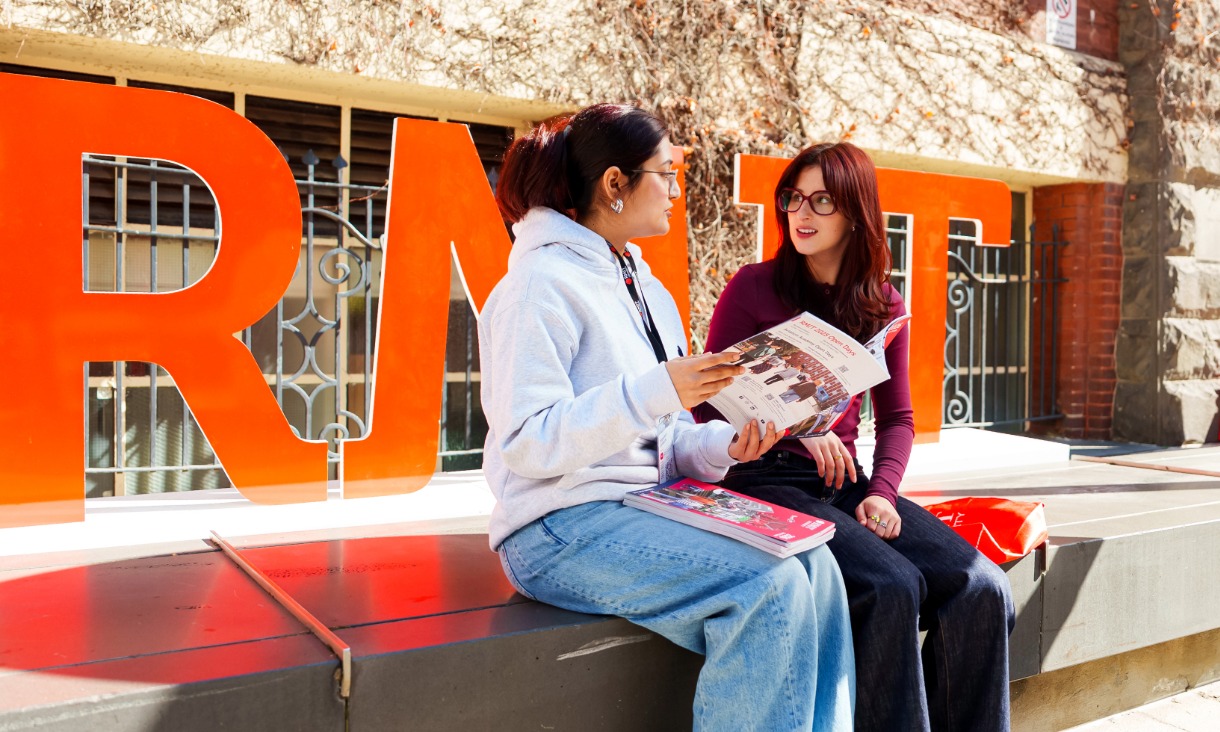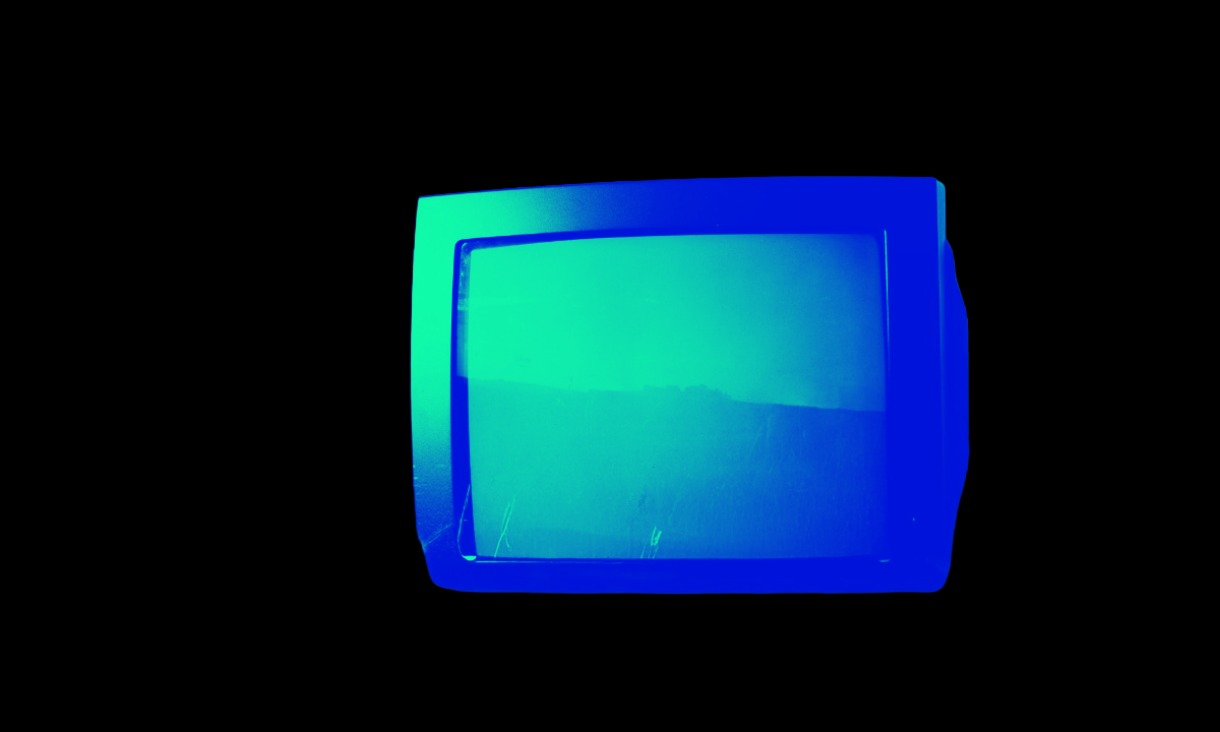‘Basalt Study’ by Christine McFetridge
22 Aug 2023 - 15 Sep 2023
11:00 AM - 05:00 PM
FREE
No tickets or registration required.







